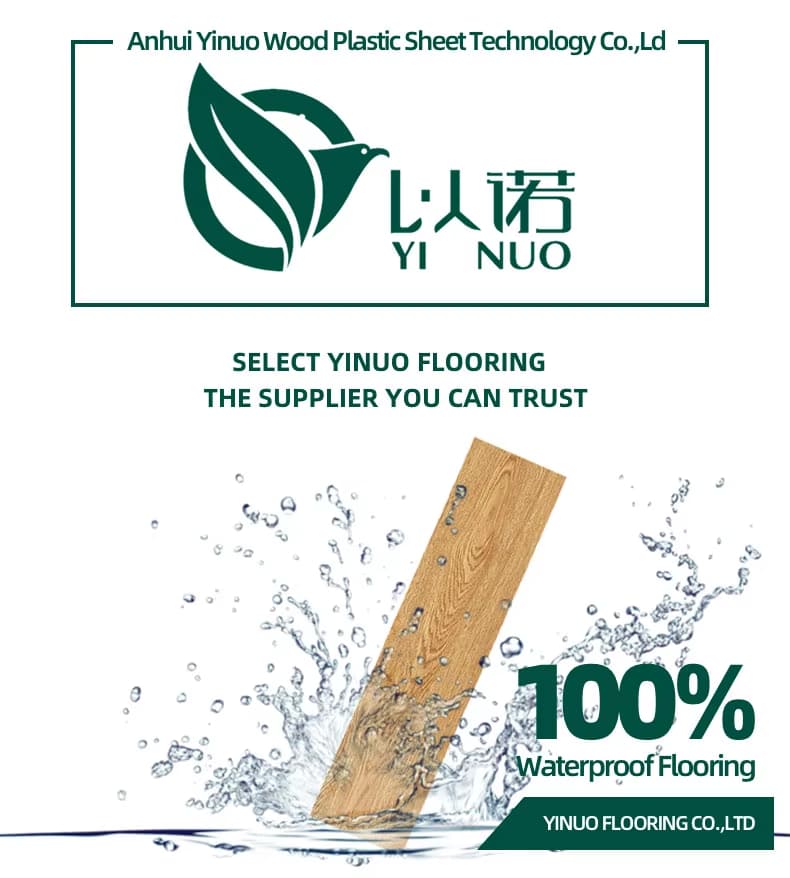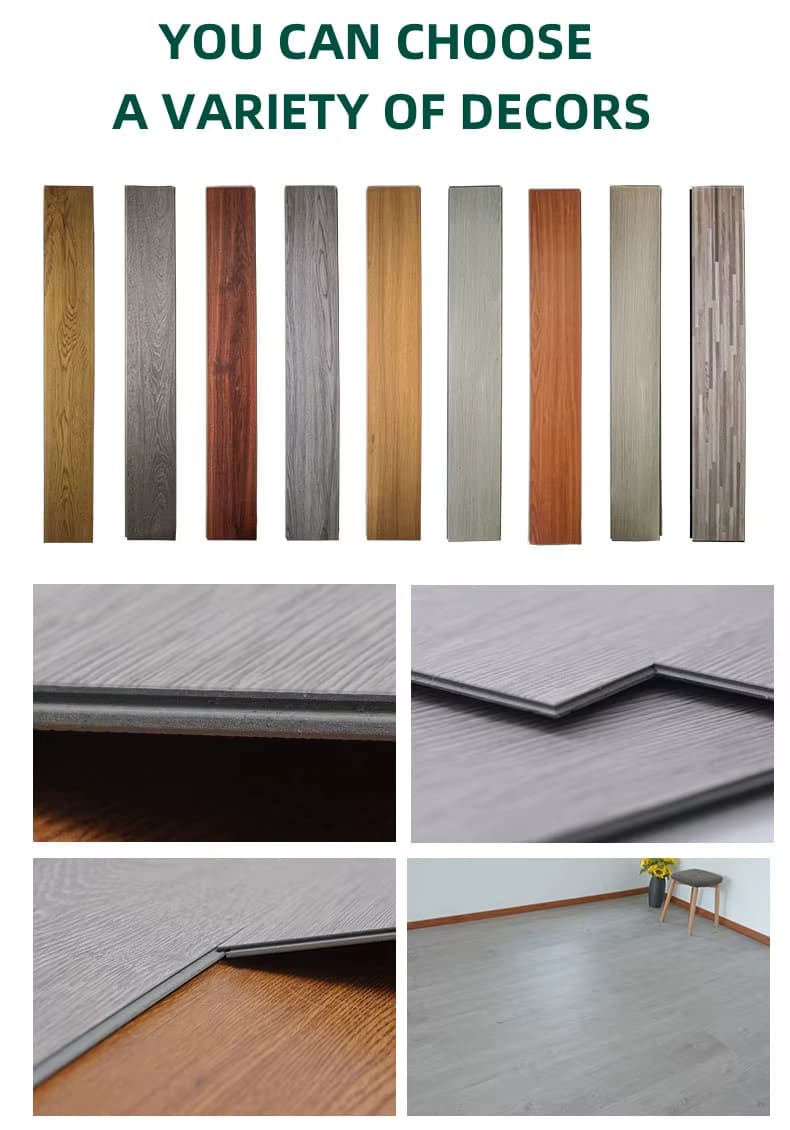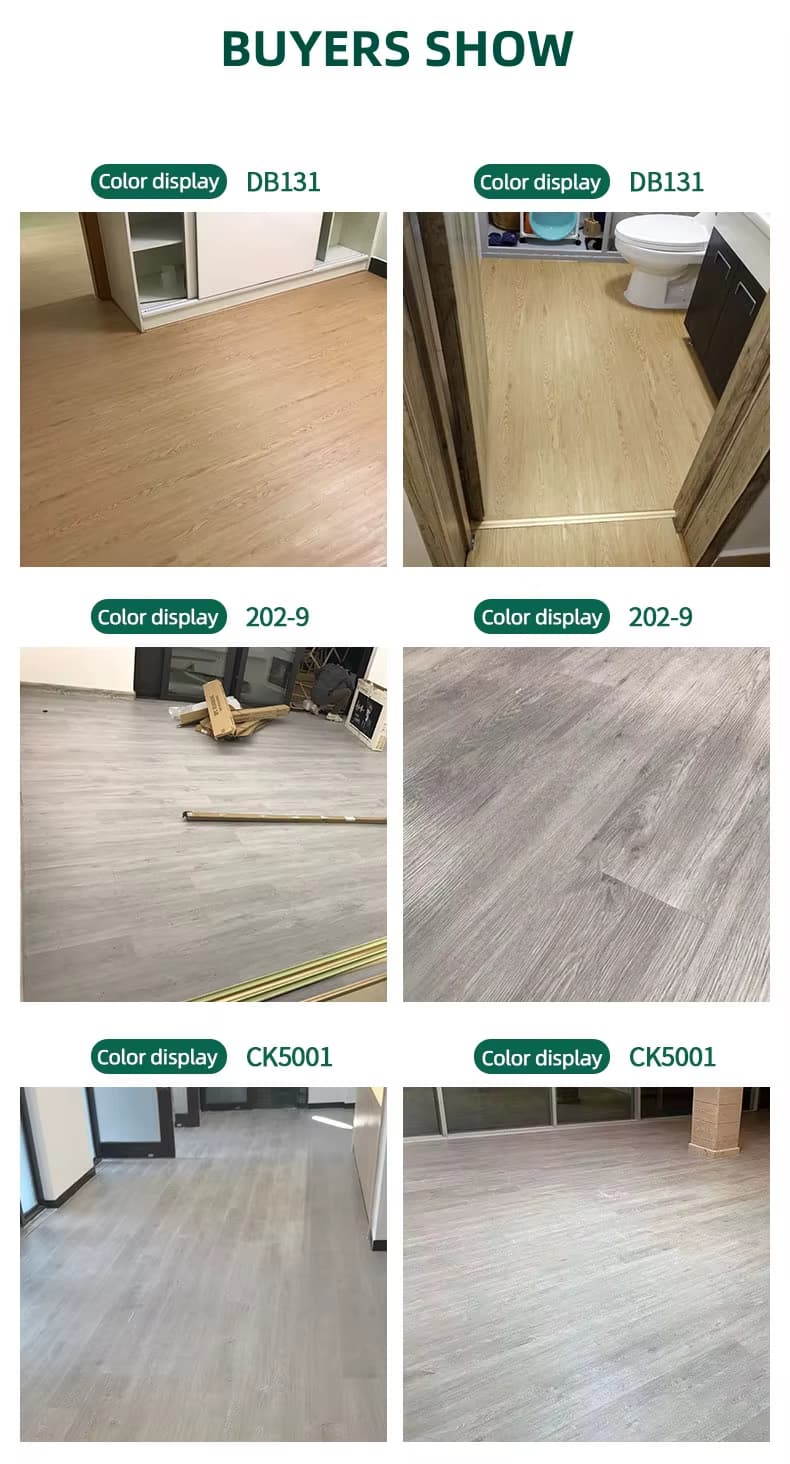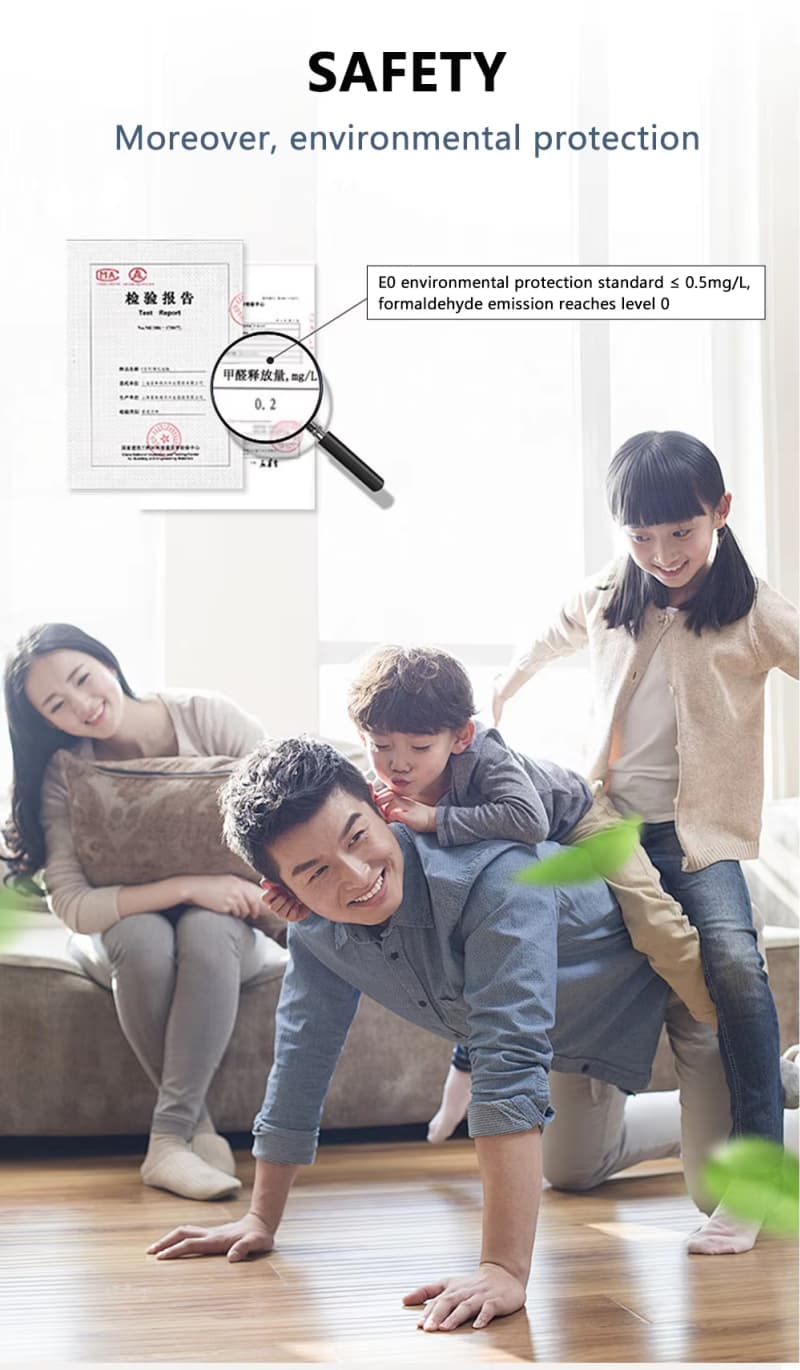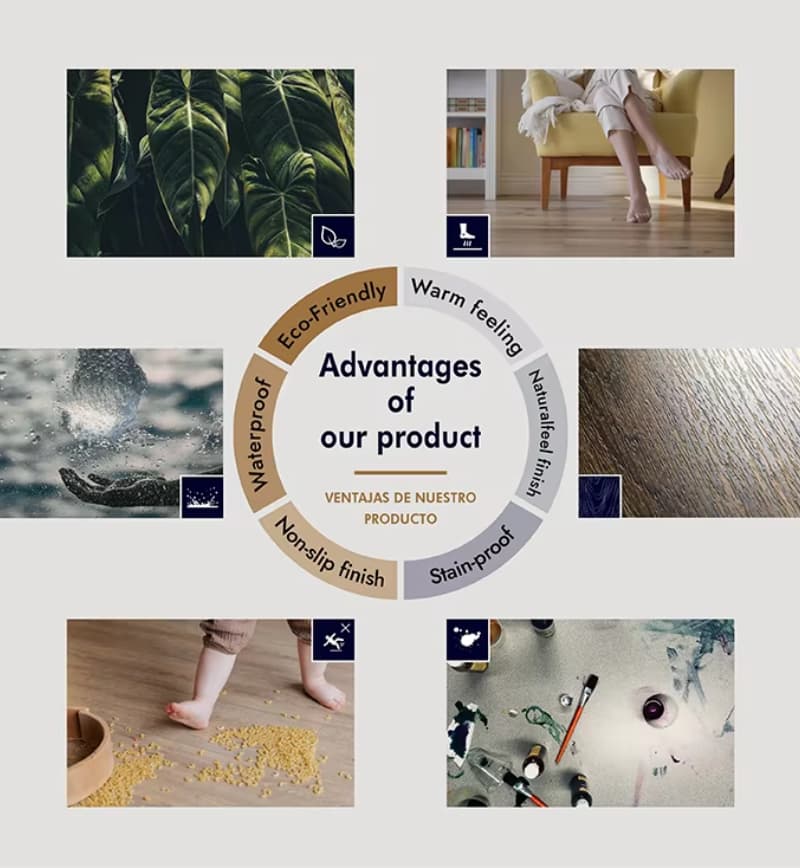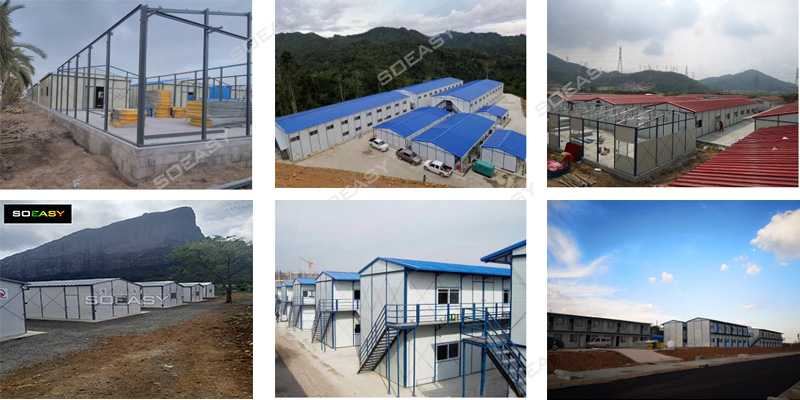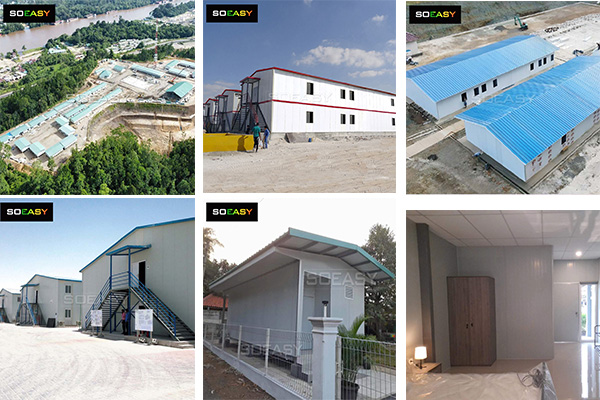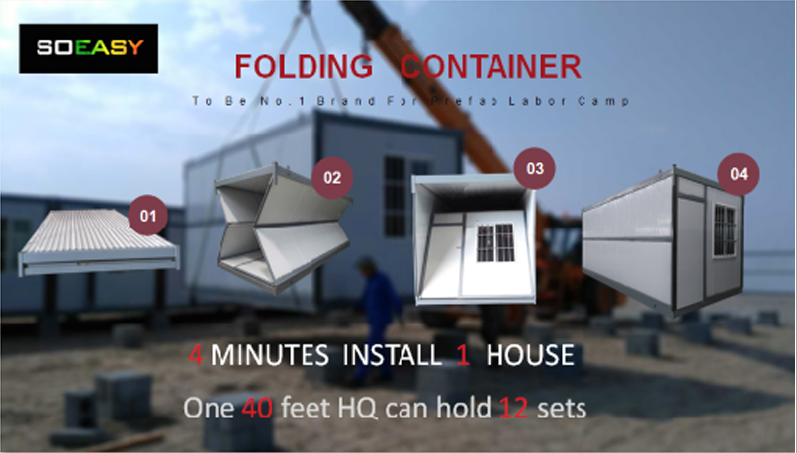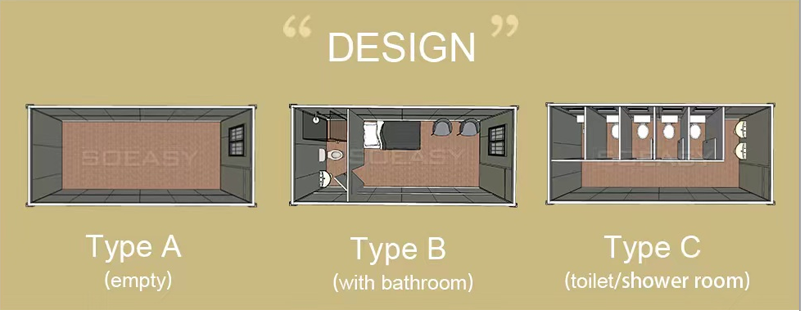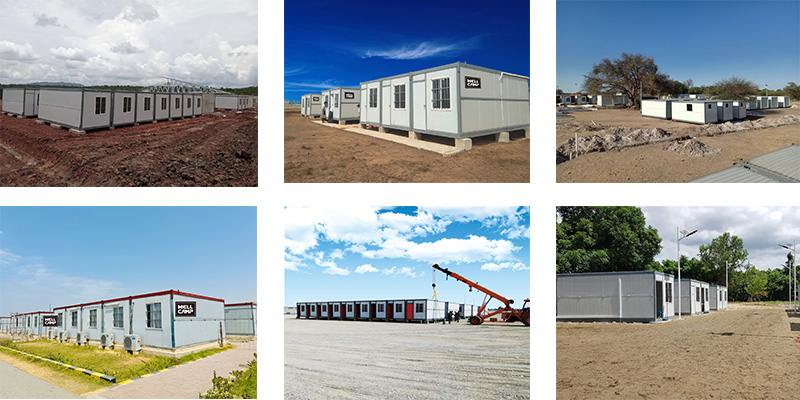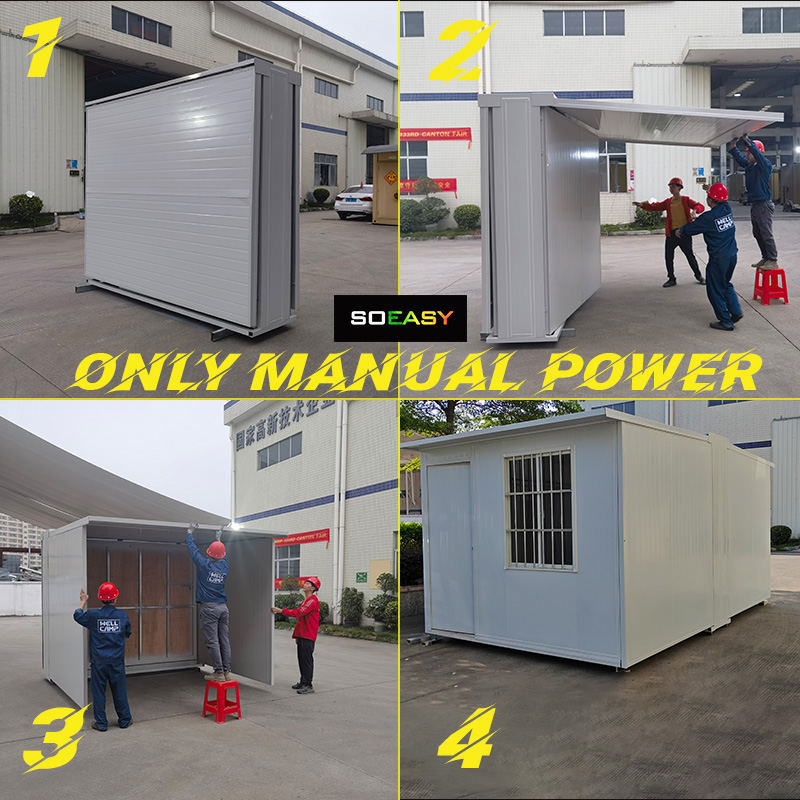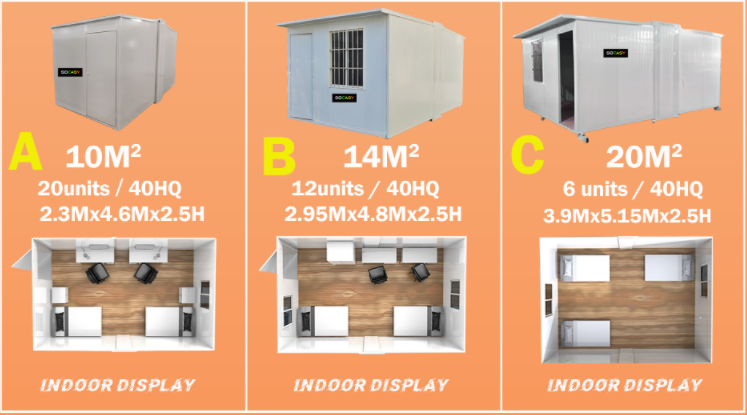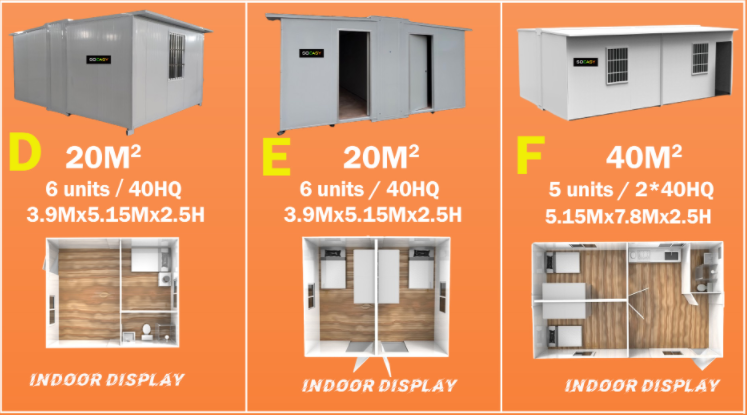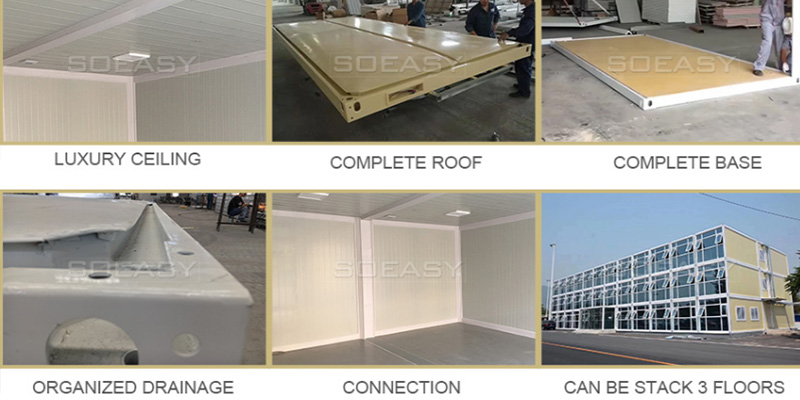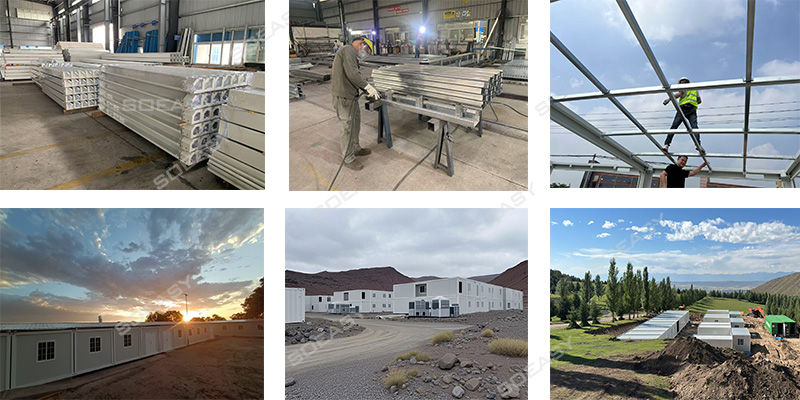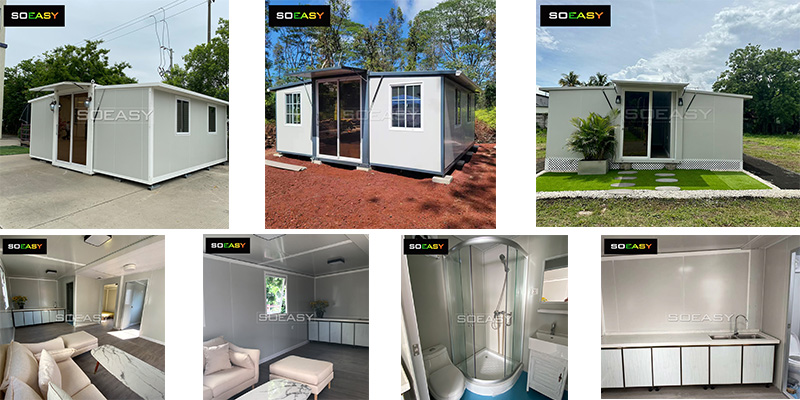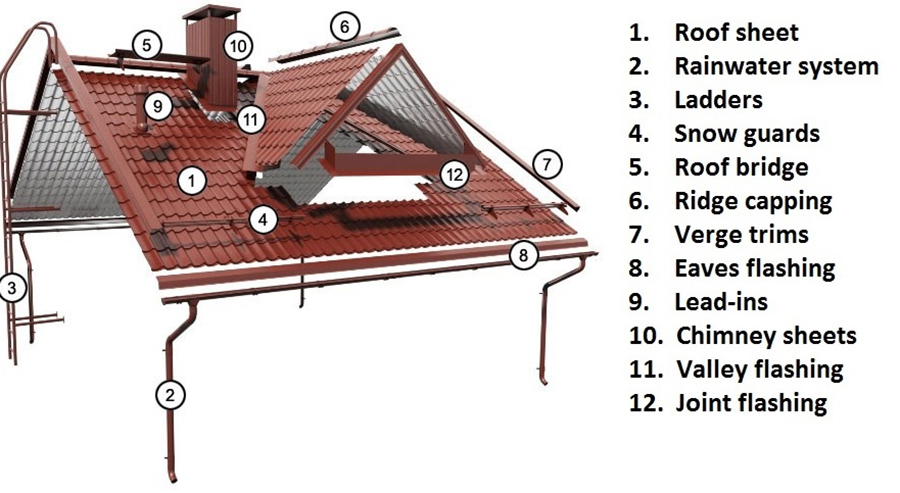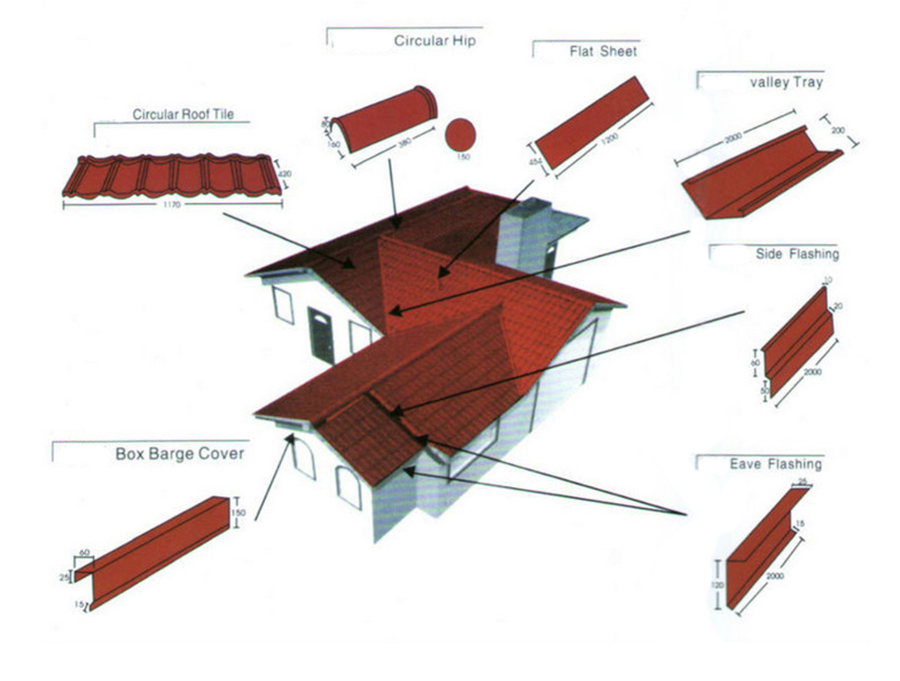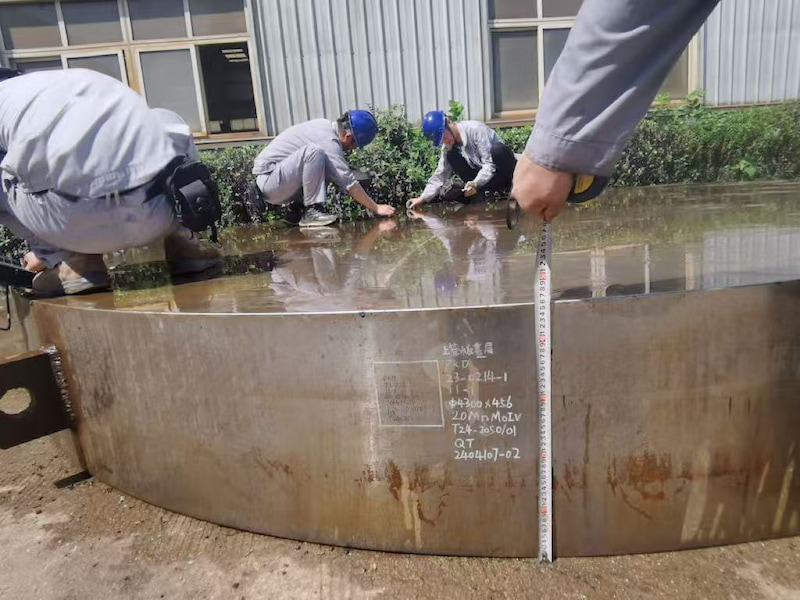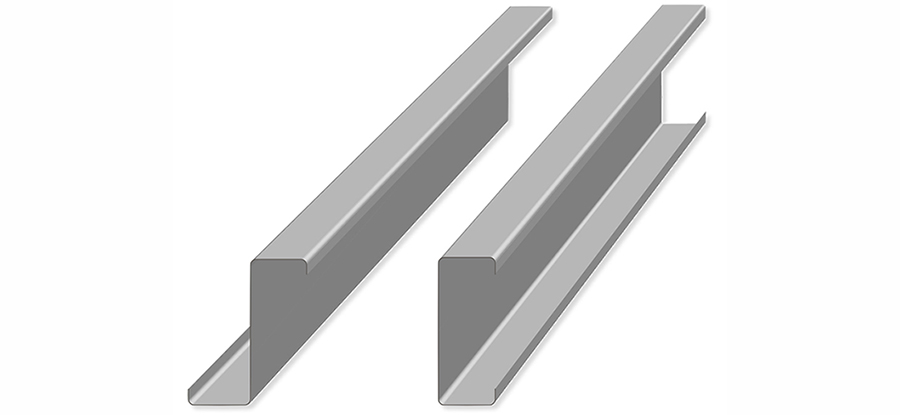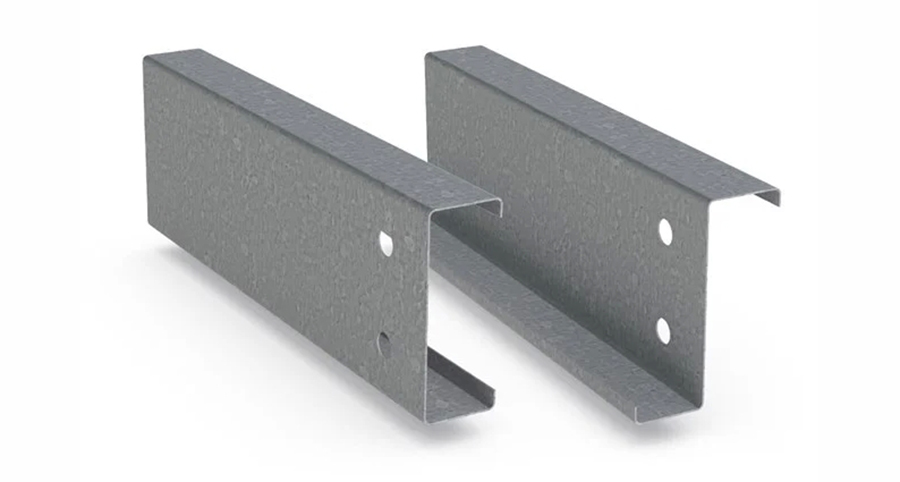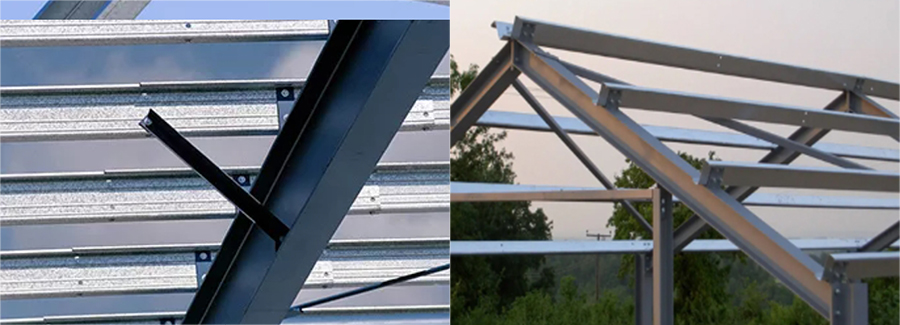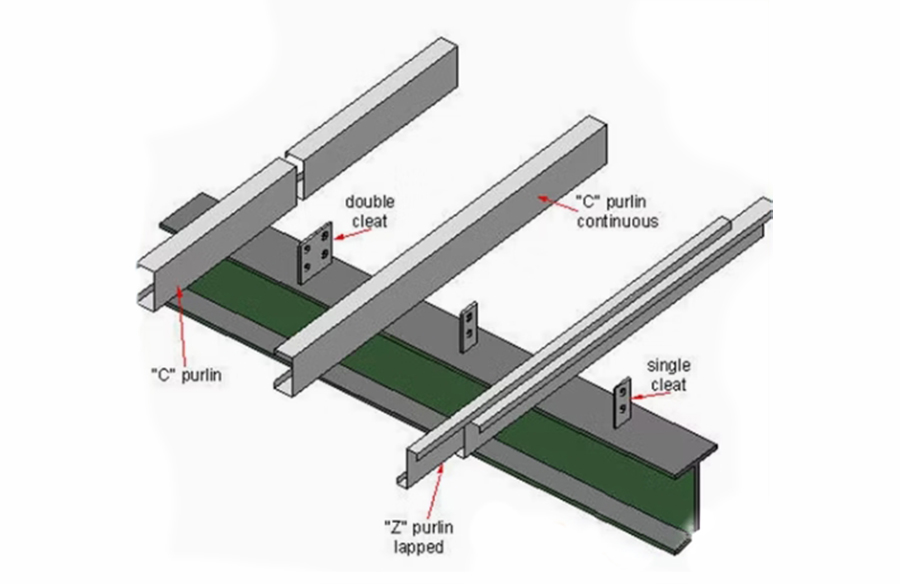Titanium-steel clad plates are transforming the chemical industry. Their corrosion resistance, structural strength and cost-effectiveness make them the obvious choice. This innovative material combines a titanium layer (reaction layer) with a steel substrate (structural layer), making it the ideal solution for demanding chemical environments.
This product is guaranteed to be durable and long-lasting.
Titanium-steel clad plate reactors are the most durable option for industrial applications. Industry standards state that the design service life for general vessels and heat exchanger shells made from this material must be a minimum of 10 years, while critical equipment such as oxidation reactors, refining reactors, and crystallizers must have a design service life of no less than 20 years.
Titanium-steel clad reactors have a significantly longer service life than traditional materials:
| Material Type |
Service Life |
Maintenance Cost |
Corrosion Resistance |
| Titanium-steel clad |
10-15 years |
Low (<1% annual repair rate) |
Excellent (full pH range) |
| Ordinary carbon steel |
3-5 years |
High (frequent derusting) |
Poor (prone to rust) |
| Enameled steel |
5-8 years |
Relatively high (fragile) |
Moderate (afraid of impact) |
Titanium-steel clad reactors have an extended service life, which reduces the total cost of ownership over time. Invest in these reactors and you will see that, although the initial investment is approximately 40% higher than for traditional stainless steel reactors, the comprehensive usage cost over a five-year period is actually 18% lower. This makes them economically advantageous in the long run.
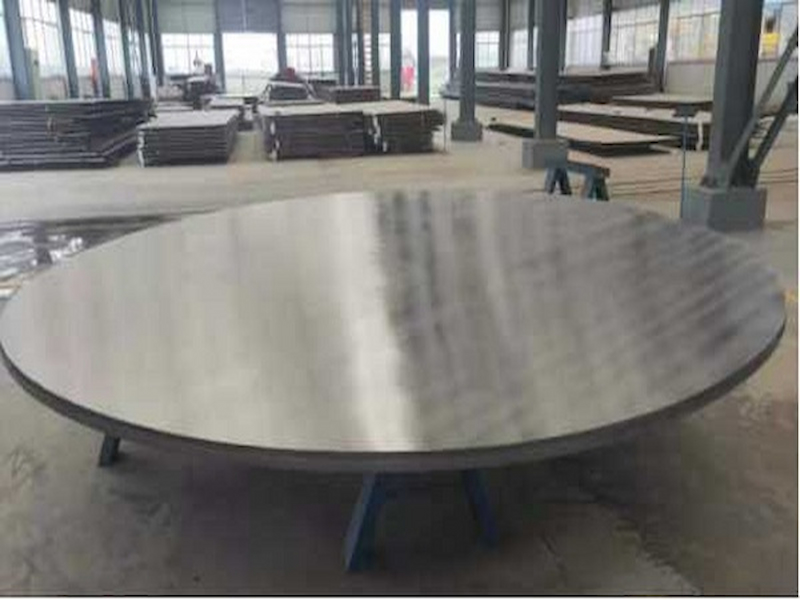
Superior corrosion resistance
The corrosion resistance of titanium-steel composite plates is undoubtedly their most valuable characteristic in chemical processing applications:
Full pH Stability: Titanium's inherent oxide layer (TiO2) displays unparalleled corrosion resistance across the full pH spectrum, especially in conditions where chloride ion concentrations surpass 500 ppm.
Chemical Compatibility: Titanium demonstrates exceptional resistance to acids, alkalis, salts and oxidising agents. However, it is not recommended for use with certain specific media, such as fuming nitric acid under specific conditions, methanol, trichloroethylene, liquid N2O4, molten metal salts, pyridine, hydrogen gas and bromine vapour.
Minimum Corrosion Allowance: For titanium and titanium-steel composite equipment, a corrosion allowance of 0 mm may be applied, highlighting its exceptional resistance to corrosion thinning.
This corrosion resistance directly translates to reduced maintenance requirements, enhanced operational safety, and improved product purity by eliminating metallic contamination in sensitive processes such as pharmaceutical manufacturing.
Impact on the Chemical Processing Industry
The adoption of titanium-steel composite technology has had several key impacts on the chemical processing industry:
This product facilitates the processing of highly corrosive materials. Industries can now efficiently handle strong acids, strong alkalis, and salt solutions that conventional equipment is unable to withstand. This development opens up new possibilities for chemical synthesis and processing.
The objective is to reduce lifecycle costs. While the initial investment is higher, the extended service life and reduced maintenance requirements of these units significantly lower the total cost of ownership over the equipment's lifecycle.
Enhanced Safety and Reliability: The product's exceptional corrosion resistance minimises the risk of catastrophic failures and unplanned downtime, thereby improving overall plant safety and operational reliability.
Supporting Industry Compliance: As environmental regulations intensify, titanium-steel composite equipment helps plants more effectively meet emission and safety standards.
Enabling Large-Scale Production: The availability of large composite plates (up to 4000×6000 mm) facilitates the construction of massive reactors for industrial-scale manufacturing.
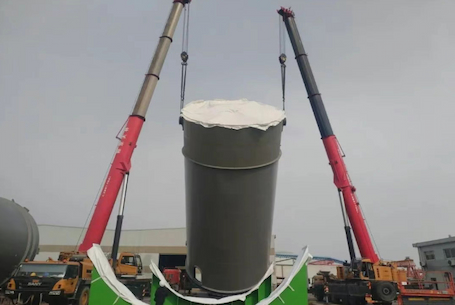
Other Chemical Industry Applications of Titanium-Steel Clad Plates
Titanium-steel clad plates have a wide range of uses in the chemical processing industry, extending beyond reaction vessels.
1. Heat Exchangers and Condensers: This is used in shell-and-tube heat exchangers, especially when titanium tubes are welded to titanium-steel composite tube sheets. This creates units with superior corrosion resistance and thermal performance.
2. Towers and Columns: Employed in construction of distillation columns, absorption towers, and extraction columns operating in corrosive environments.
3. Storage Tanks and Pressure Vessels: This is the perfect solution for storing corrosive chemicals where both structural integrity and corrosion resistance are essential. It is used in the large acetic acid mother liquor tanks at Tianjin Petrochemical, for example.
4. PTA (Purified Terephthalic Acid) Production Equipment: PTA production facilities absolutely require essential components, including oxidisers and crystallisers.
5. Piping Systems: This is the perfect solution for critical sections of piping handling highly corrosive media. There's no question that solid titanium piping would be prohibitively expensive.
6. Electrochemical Processing Equipment: Titanium is the material of choice for electrolysis cells, electroplating tanks and other electrochemical processing equipment. Its excellent electrical properties and corrosion resistance make it the perfect solution.
7. Fume Handling Systems: Titanium is the perfect material for use in ductwork, scrubbers and stacks handling corrosive fumes. It is particularly useful in power plant flue gas desulfurisation (FGD) systems where its resistance to sulfurous compounds is valuable.
8. Salt Production Equipment: Used in evaporation tanks and other equipment in vacuum salt production facilities due to exceptional resistance to salt corrosion.
Future Outlook and Development Trends
The future of titanium-steel clad plates in the chemical industry is undoubtedly promising, driven by several developing trends:
Technology innovation: Manufacturing processes like explosive compounding and hot rolling compounding are clearly improving, enhancing bond strength between layers (now exceeding 450MPa) while reducing material waste.
Market growth: The global titanium-steel clad plate reactor market reached approximately $2.85 billion in 2023 and will exceed $3.2 billion by 2025, with a compound annual growth rate of 9.2%.
Application expansion: Beyond traditional chemical processing, new applications are emerging in hydrogen energy storage, nuclear pressure vessels and lithium battery material synthesis, where penetration rates have increased from 15% in 2020 to 32% in 2023.
Material development: New titanium alloys and composite configurations are being developed to address even more challenging processing conditions and expand the operational limits of chemical processing equipment.
Conclusion
Titanium-steel clad plates are vital materials in modern chemical processing. They offer unparalleled corrosion resistance, structural integrity and economic viability. Their adoption has undoubtedly enabled chemical processors to operate more safely, efficiently, and reliably in increasingly demanding environments while managing lifecycle costs effectively.
Titanium-steel clad solutions are set to play a pivotal role in the future of the chemical industry. The ongoing advancements in material technologies and the increasing complexity of manufacturing processes are making these solutions a clear choice. As processes become more aggressive and environmental standards more stringent, titanium-steel clad solutions are the obvious answer. The ongoing development of these composite materials is a strategic investment in the future of chemical processing technology worldwide.
